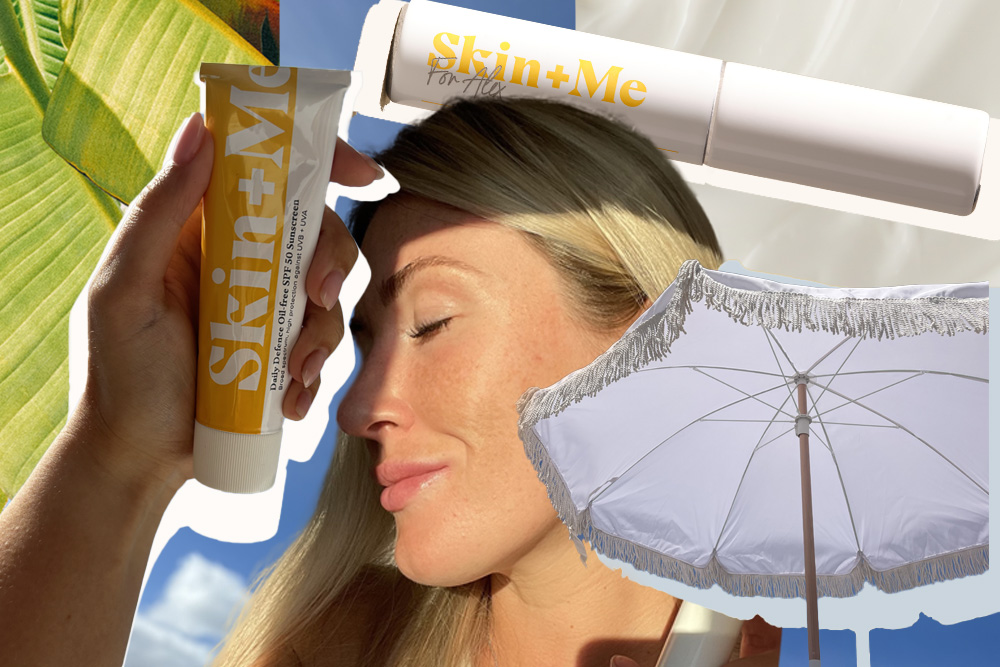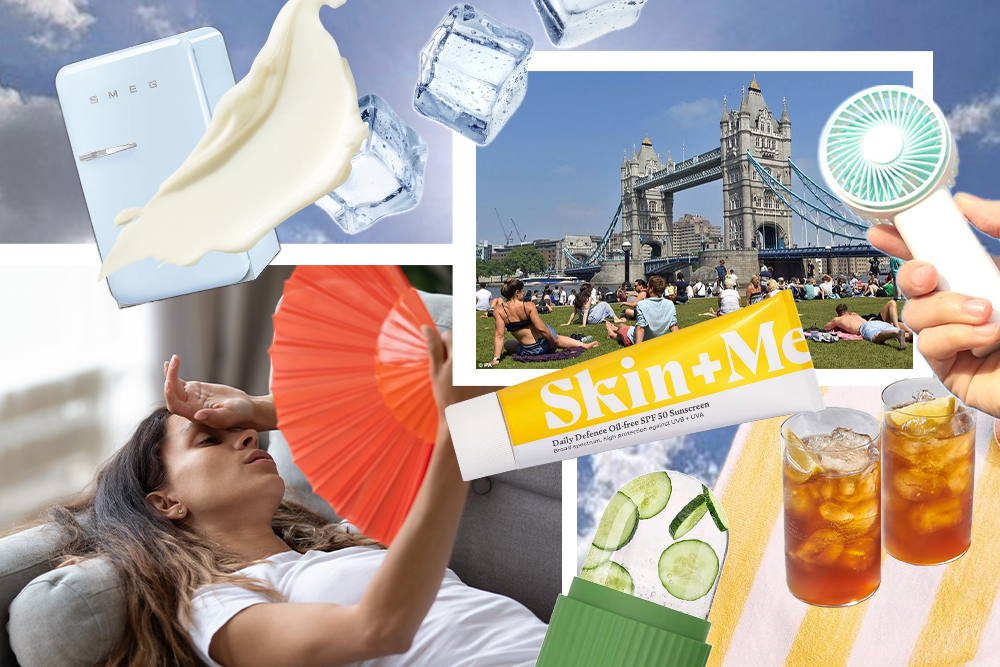Melasma 101

Link to share article here:
Skincare 101: Everything You Need To Know About Cleansing
It’s the end of a long, hot, sweaty day – your makeup is slipping and sliding all over the place and you’re finally ready to wind down for the evening – what’s the first thing you do? Reach for your favourite cleanser and get started on your evening skincare regime? Us too!
Cleansing is one of the most fundamental skincare steps after applying sunscreen, and though simple, there’s more to it than warm water and suds. In this edition of Skincare 101, we’ll break down everything you need to know about cleansing and get our expert Dermatology Team to weigh in on how to elevate your routine.
Why is cleansing so important?
From the soapy flannels of childhood to the more sophisticated rituals of today, cleansing keeps your skin clean and fresh day-to-day.
“The most important step in any skincare routine is to cleanse.” explains Consultant Dermatologist, Dr Malvina Cunningham. “I can’t overemphasise enough how important this step is in making your skin feel and look healthy.”
“Cleansing removes dirt, cosmetic products, dead skin cells and the environment that has built up on your skin throughout the day. I find that just starting this step and doing it consistently can really help to improve the look of your skin.”
The daily buildup of dirt, sweat, oil and everything else can block pores, so a regular cleansing routine helps keep it under control. Skin conditions like acne can also benefit from regular, gentle cleansing. It keeps your skin balanced, and most importantly, ensures active treatments have a clear and comfortable canvas to work on.
What are the different types of cleansers?
Despite the variety of choices available, all of them boil down to a handful of types – oil, gel, clay, cream and foaming.
Oil-based cleansers are either liquified oil (think BYOMA’s Milky Oil Cleanser) or a solid or soft balm (Clinique Take The Day Off Balm). These are usually made up of emollients and oils to soften skin and emulsify makeup and sunscreen for ease of removal. Ideal for the first step in a double cleanse. Great for normal to dry skin.
Gel-based cleansers have a sticky texture, and can vary from thicker formulations (Skin + Me Purify + Prep Hydrating Cleanser or Glossier Milky Jelly) to thinner ones (Drunk Elephant’s Beste No. 9 or Avene Cleanance). These are catch-all cleansers, full of humectants to keep skin hydrated – ideal for a morning cleanse to kick off your day. Usually suitable for all skin types.
Cream cleansers are versatile, and can either come in a rinse-off formulation (CeraVe’s Hydrating Cleanser) or is applied directly with a cotton pad (Avene’s Gentle Cleansing Milk). Like gel cleansers, these are usually full of humectants to soften your skin and help repair your skin barrier. Best for normal to dry skin types.
Foaming cleansers like the Skin + Me Purify + Prep Clarifying Cleanser are designed to lather up when put in contact with water. With added cleansing agents (AKA surfactants), they help to thoroughly cleanse pores and regulate oily skin – they’re still just as hydrating, but are unlikely to include oils or emollients to prevent breakouts. Best for oily skin types.
Clay cleansers are intended to soak up excess oil and sebum to purify pores without dehydrating the skin (think Dermalogica’s Active Clay Cleanser). If you’re a fan of the occasional clay mask, this one’s for you. Best suited for oily and acne-prone skin types.
Micellar water, for many of us, is the go-to first step in our skincare routine, particularly if you’re not a fan of cleansing balms. Usually micellar waters are mild and remove makeup and sunscreen easily. While great for surface-level skin cleansing, micellar water struggles to go deeper into pores, so it’s always best to follow up with a gel, cream or foaming cleanser. Usually suitable for all skin types.
Is there a particular cleansing method I should use?
You might have heard of double cleansing before – removing makeup and sunscreen with an oil-based cleanser or balm, or micellar water, then following up with a gel or foaming cleanser. By using two different cleansers, you’ll target the buildup on both the surface of your skin and deeper into your pores.
“Double cleansing can be helpful to remove stubborn sunscreen and makeup.” Dr Malvina explains, “This also allows the actives in your evening skincare to better penetrate your skin and exert its effects.”
However, double cleansing isn’t for everyone: “People with very dry skin or skin conditions such as eczema need to take care when cleansing and use hydrating cleansers that are gentle and ideally fragrance-free.”
It’s also important to avoid mechanical cleansers like scrubbing brushes or physical exfoliants. “Everyone should avoid using any brushes, or electronic cleansing devices or scrubs as they leave skin irritated and damaged.” Dr Malvina says. Instead, stick to a soft cotton cloth or flannel and use a clean one each day.
Cleanser ingredients we love
✅ Humectants – hyaluronic acid, glycerin, betaine
✅ Gentle acids – PHAs or low percentage AHA/BHAs
✅ Gentle surfactants – sodium cocoyl isethionate
✅ Emollients – isoamyl cocoate, shea butter, ceramides
Cleanser ingredients to avoid
❌ Strong AHAs and BHAs
❌ Alcohol
❌ Physical scrubs
Our Dermatology Team’s key piece of advice? Your skin will be fine as long as it doesn’t feel dry and tight after cleansing. Use cool or lukewarm water, and spend time lathering the cleanser into your skin. And don’t cleanse your face in the shower!
New to Skin + Me? Get your first month of personalised skincare for £4.99 with promo code DOSE – complete our quick consultation here.
Looking for a routine refresh? Add the Dream Routine to your Skin + Me subscription.
In need of a restock? Head to The Skincare Shop for one-off purchases of your Routine Essentials.



